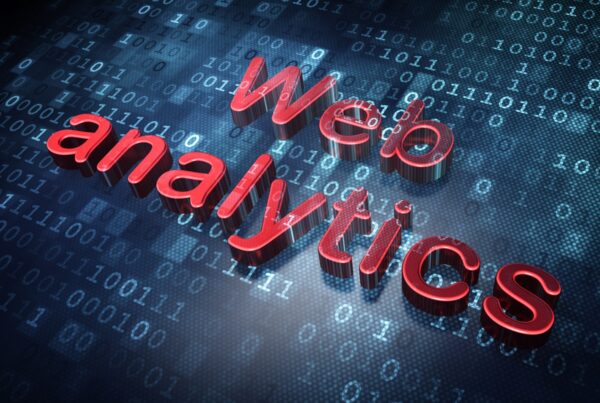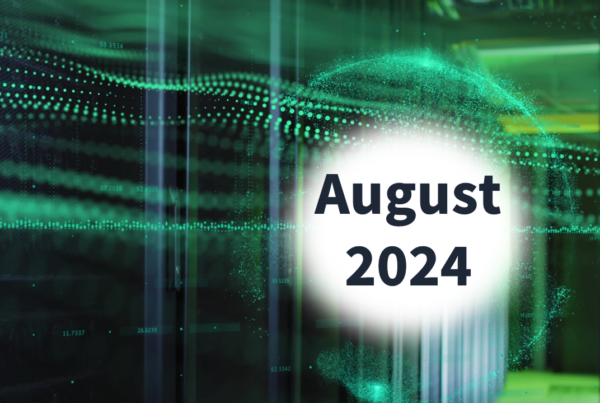
Once regarded as a back-door payment solution for less-than-legal online commerce, Blockchain is moving into the mainstream due to its ability to solve complex problems quickly and efficiently.
Blockchain has moved away from its tech audience niche, with lots of use cases posited for the energy industry. Possible applications include peer-to-peer energy sharing, payment systems for roaming electric vehicle (EV) charging, registration of renewable energy credits, and more efficient wholesale energy market settlement.
But there are still a lot of us that want to know, what is it exactly? For those new to the concept, Blockchain is a shared, encrypted, “distributed ledger” maintained by a network of computers. The Blockchain consists of a linked list – a chain of transactions from initiation to completion – that are synchronized for data protection. The blockchain network registers and validates all recorded transactions.
In financial settings, Blockchain reduces transaction processing time and cost by eliminating the need for a middle man while performing continuous validation to prevent errors. As a result, banks are drawn to the technology.
In the last few years, Blockchain has added “Smart contracts” to its capabilities. Smart contracts are account holding objects, predefined rules determining preferences like quality, price, and quantity, that interact with other contracts to make decisions, complete transactions, and store data, all in an automated fashion.
Utilities are becoming more receptive to Blockchain in the last year. For example, for the first time, Distributech 2019 had a Blockchain summit session and a pre-conference training session on the technology. New York utilities Avangrid, Con Edison, New York Power Authority and National Grid are working together to understand how shared Blockchain infrastructure may benefit their customers. PG&E, Avista and Alectra are also exploring Blockchain use cases. The Arizona Corporation Commission opened the nation’s first state regulatory docket focused on transactive energy and Blockchain.
Blockchain combined with analytics solves business problems
If you want to increase transactional efficiency, you might choose Blockchain. There are documented administrative cost savings to be had. But if you’re going to solve broader utility business problems, Blockchain needs to be paired with analytics. That’s because Blockchain is an enabling technology that is transactional, in contrast to analytic. Transactional applications run the business (e.g., utility billing), while analytical applications manage it (think, which customers are likely to have billing complaint?).
Here are two use cases where Blockchain provides the data, but analytics are required to get to the end utility’s end goal:
Improving asset management: an objective for most utilities is to lower the risk of asset failure while reducing maintenance and capital costs. Predictive analytics notify personnel of potential asset failure, such as a transformer, while asset performance management analytics support decisions of whether and when to replace or repair that asset. Blockchain, used as a chain of custody, can help to locate a replacement transformer in the utility’s possession (warehouse, grid-connected spare, etc.).
Balancing the grid: European Transmission Operator (TSO) TenneT wanted to marshal behind-the-meter grid assets to manage supply and demand. In a successful pilot, TenneT partnered with battery aggregator Sonnen (now being acquired by Shell New Energies) to use a network of distributed storage to absorb oversupply on the transmission grid from wind generators. According to Blockchain technology in the Energy Sector, “the Blockchain platform informs the network operator about the availability of flexibility measures and records their contribution in the Blockchain.” Before getting to Blockchain though, analytics were essential to forecast when TenneT needed to call on these resources for dispatch.
In the first case, Blockchain data is an input to the process. In the second case, Blockchain enabled initiation of a call to resources and automated settlement of accounts between relevant parties. In each case, Blockchain and utility analytics are complementary, but not necessarily integrated.
Stay tuned for part 2 of this series to learn about how Blockchain might be integrated with analytics embedded in edge devices to enable a transactive grid and peer to peer energy sharing.














